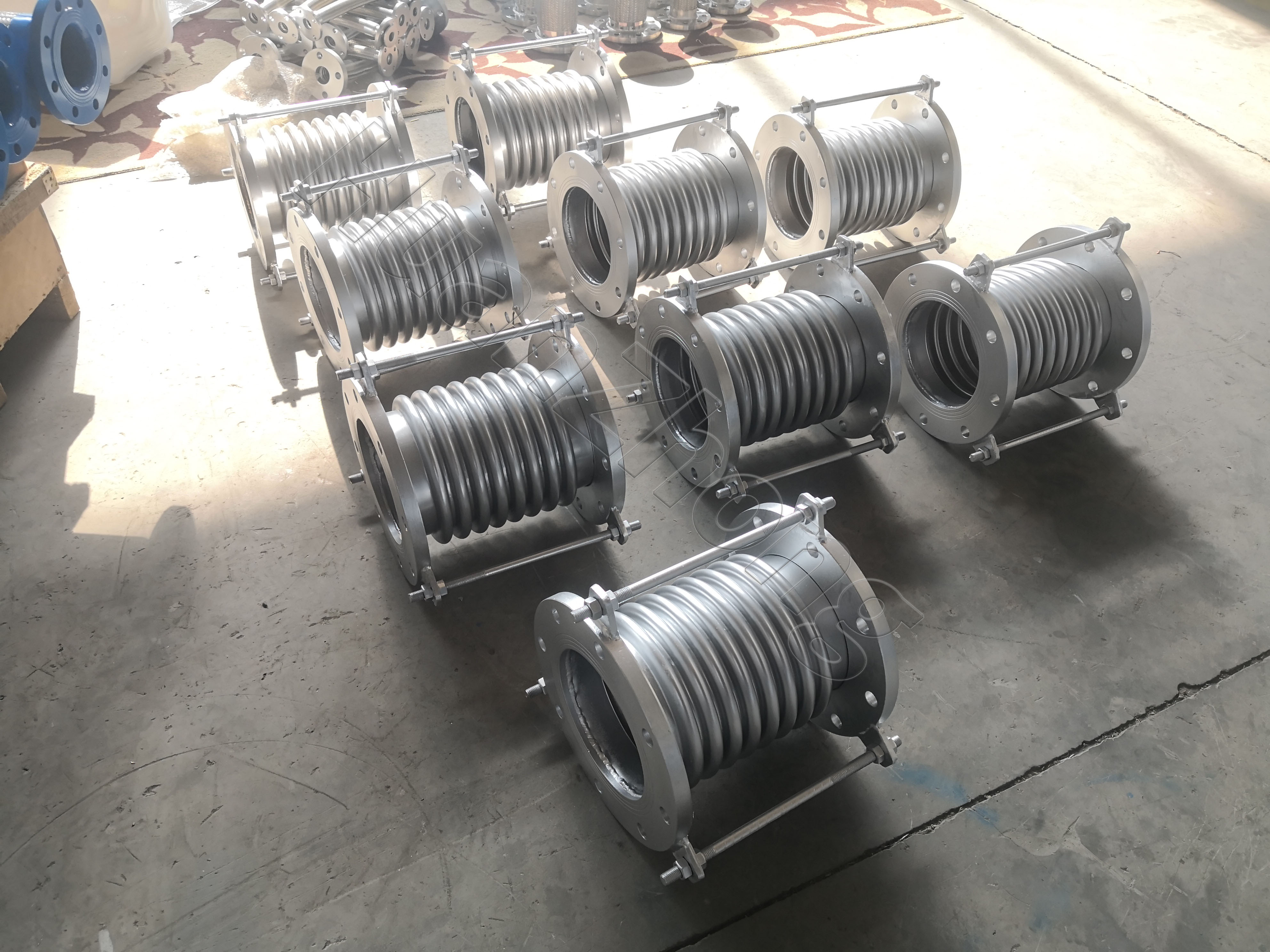Flanged Bellow Metal Compensator Installation Requirements.
Flanged Bellow Metal Compensator Installation Requirements. Installation of flanged bellow metal compensators is a critical task that requires careful attention to detail and adherence to specific requirements. These compensators are designed to absorb thermal expansion, vibration, and misalignment in pipeline systems. In this article, we will discuss the installation requirements for flanged bellow metal compensators.
1 . Proper Alignment: Before installing the compensator, ensure that the pipeline is properly aligned. Any misalignment can lead to uneven stress distribution and compromise the compensator's performance. Align flange connection points accurately to the pipeline to ensure a proper fit.
2 . Inspection: Thoroughly inspect the flanged bellow metal compensator before installation. Check for any visible damage or defects such as cracks, corrosion, or dents. If any issues are detected, contact the manufacturer for guidance. A compromised compensator may result in premature failure or system damage.
3 . Suitable Location: Choose an appropriate location for the compensator installation. Consider factors such as accessibility, temperature, and pressure conditions. Ensure the installation area allows for sufficient clearance and movement of the compensator during operation.
4 . Flange Bolting: Proper flange bolting is crucial for ensuring a secure and leak-free connection. Follow the manufacturer's guidelines for the required torque values and tightening sequence. Use a calibrated torque wrench to achieve the recommended torque for each bolt. Unevenly tightened bolts can cause stress concentration and potential leakage.
5 . Flange Gaskets: Select the appropriate gaskets based on the system's requirements and the type of fluid or gas being transported. The gaskets play a critical role in maintaining a tight seal between the flanges. Ensure they are correctly installed, with the correct orientation and positioning. Proper gasket selection and installation help prevent leaks and ensure system integrity.
6 . Piping Supports: Assess the need for additional support mechanisms such as hangers, guides, or spring supports. These supports prevent excessive load on the compensator and provide stability during operation. Properly position the supports to minimize stress on the compensator and maximize its performance.
7 . Welding Considerations: If welding is required during installation, ensure that it is performed by qualified personnel following industry standards and regulations. Improper welding can lead to structural issues, weakening the compensator's integrity.
8 . Manufacturer Guidelines: Strictly adhere to the manufacturer's installation guidelines and recommendations. Each flanged bellow metal compensator may have specific requirements, such as installation orientation or recommended expansion limits. These guidelines are designed to ensure optimal performance and longevity of the compensator.
9 . Testing and Inspection: After installation, conduct a thorough pressure test to ensure the compensator functions as intended. Check for any leaks, excessive movement, or abnormal responses during system operation. Regularly inspect the compensator during its service life to detect any signs of wear or damage.
10 . Documentation: Keep detailed records of the installation process, including specifications, torque values, and any deviations from the manufacturer's guidelines. This documentation will be beneficial for future inspections, maintenance, or troubleshooting.
In conclusion, proper installation of flanged bellow metal compensators is crucial for the optimal performance and longevity of pipeline systems. By following the recommended installation requirements, conducting thorough inspections, and adhering to manufacturer guidelines, you can ensure a successful installation process and a reliable system that effectively absorbs thermal expansion, vibration, and misalignment.
